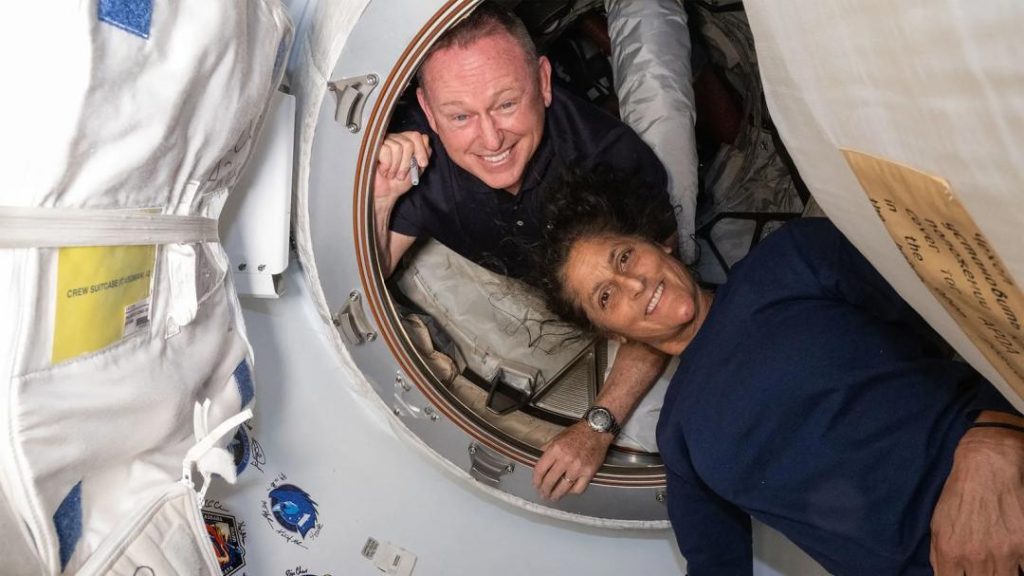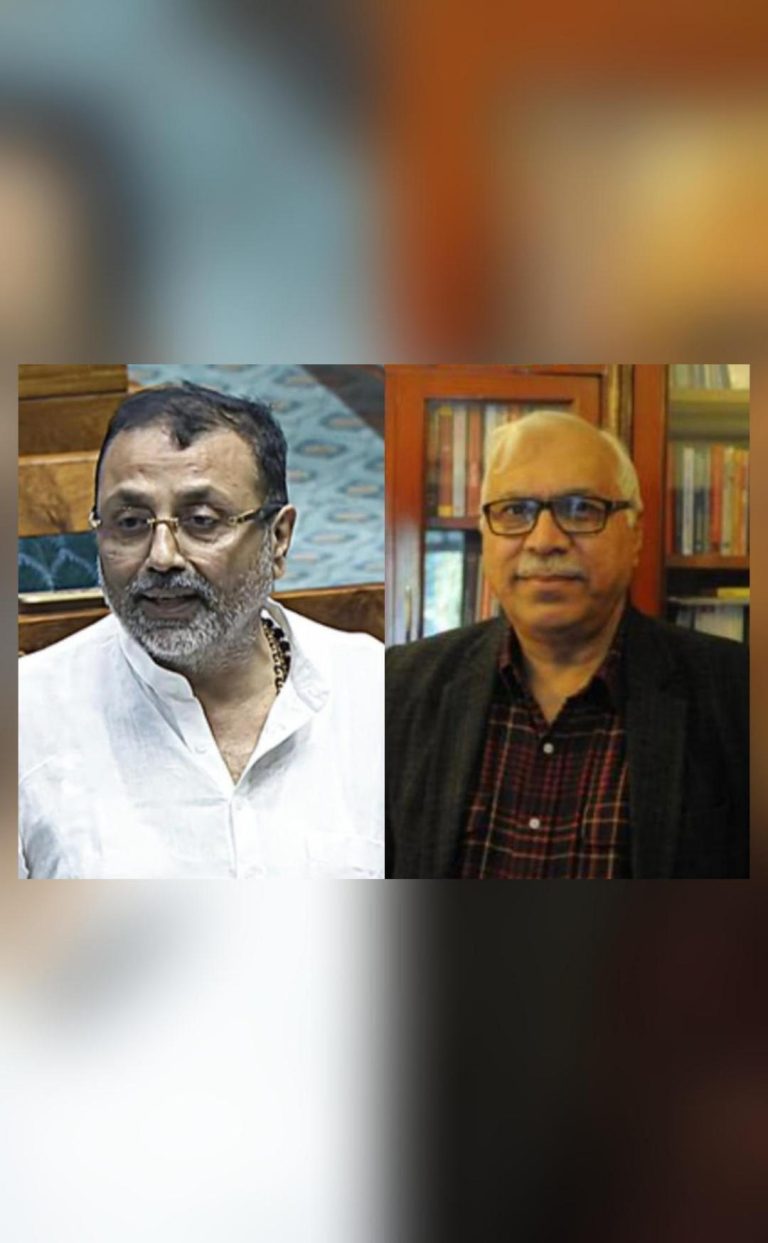
What Challenges Will Sunita Williams and Butch Wilmore Face After Returning to Earth?
Next week, astronauts Sunita Williams and Butch Wilmore are set to return to Earth after their long-duration space missions. While their journey to space has been filled with excitement and discovery, the challenges they will face upon their return are just as significant. As they readjust to life on our planet, they will have to overcome a range of physical and physiological effects caused by their time in space.
One of the most notable challenges they will face is the loss of bone density. Prolonged exposure to microgravity causes the human body to lose bone mass and density, which can lead to a range of issues, including osteoporosis and increased risk of fractures. To counter this loss, astronauts like Williams and Wilmore will have to undergo a series of exercises and physical therapy sessions to help rebuild their bone density.
Another challenge they will face is the development of “baby feet.” In space, the muscles in the feet and legs atrophy due to the lack of gravity, causing them to become weak and floppy. As a result, astronauts often experience difficulty walking and maintaining balance upon their return to Earth. This can be a particularly challenging issue, especially for astronauts who have spent extended periods of time in space.
In addition to these physical challenges, Williams and Wilmore will also have to contend with a range of physiological effects caused by their time in space. For example, they will have lost blood volume due to the lack of gravity, which can cause dizziness, nausea, and even fainting. They will also experience changes in their sleep patterns, as the lack of gravity can disrupt the body’s natural circadian rhythms.
The effects of space travel on the human body are a significant concern for NASA and other space agencies. As more people travel to space, it is essential that we understand the long-term effects of space travel on the human body and develop strategies to mitigate these effects.
In a recent interview, NASA astronaut Sunita Williams discussed the challenges she faced upon her return to Earth after her previous mission. She noted that she experienced difficulty walking and maintaining balance, and that she had to undergo a series of physical therapy sessions to rebuild her strength and flexibility.
“It’s like having baby feet again,” she said. “You have to relearn how to walk and run and move around. It’s a big adjustment, but it’s definitely worth it.”
Williams’ comments highlight the importance of preparing astronauts for the challenges they will face upon their return to Earth. By understanding the effects of space travel on the human body, NASA and other space agencies can develop effective strategies to mitigate these effects and ensure the health and well-being of astronauts.
In addition to the physical and physiological challenges, Williams and Wilmore will also have to readjust to life on Earth. They will have to reintegrate into their families and social networks, and they will have to adjust to the routine and rhythms of daily life on Earth.
This can be a challenging process, especially for astronauts who have spent extended periods of time in space. The isolation and confinement of space travel can take a toll on an individual’s mental and emotional well-being, and the transition back to Earth can be difficult.
To help astronauts adjust to life on Earth, NASA and other space agencies provide a range of support services and resources. These may include counseling and therapy sessions, as well as support groups and social networks.
In conclusion, the return to Earth for astronauts like Sunita Williams and Butch Wilmore will be a challenging but important step. As they readjust to life on our planet, they will have to overcome a range of physical and physiological effects caused by their time in space. By understanding the effects of space travel on the human body and developing effective strategies to mitigate these effects, we can ensure the health and well-being of astronauts and pave the way for future space exploration.






